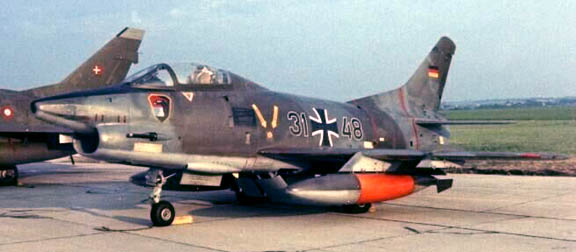As with my older thread concerning a greater Icelandic standing military, I want to talk about the possibilities of a far earlier air force tradition in the Grand Duchy of Luxembourg's military history. A tradition that leads to the existence of a proper (if small) permanent air force for the country, instead of the OTL babysitting of NATO AEW planes. A post-WWII POD is sufficient enough, but you can go as far as WWI and the interwar years to establish the tradition.
Mostly, I don't want to talk purely about plausibility issues and political ramifications (WWII and the Nazis grinning at Luxembourg, etc.), but I also want to explore which aircraft models would suit such an air force over the course of several decades. Some of the conditions of this challenge:
1.) In addition to trainers, transports and helicopters, these aircraft should always include at least one squadron of lighter, inexpensive fighters.
2.) The aircraft purchased should make tactical, economic and diplomatic/political sence. No stealth fighters or other overblown crap, but also no "lulz, they'll only have Cessnas and paper airplanes" posts.
3.) In addition to the international airport in Luxembourg, which will also house a smaller airbase, there will be a single, specialized, main airbase elsewhere in the country. (Preferrably in one of the more lowland regions.)
To clear things up a bit, I'll give you some minor leeway when it comes to the butterfly effect: You do not need to make up completely new plane models and their ATL production histories. We'll assume Luxembourg's ripples are too small to affect the OTL aviation industry in any meaningful way. So, even if you'll choose an interwar POD, European countries are still going to be flying Typhoons in the 90s and present, as in OTL.
So, what machines shall carry this proud roundel ?

Mostly, I don't want to talk purely about plausibility issues and political ramifications (WWII and the Nazis grinning at Luxembourg, etc.), but I also want to explore which aircraft models would suit such an air force over the course of several decades. Some of the conditions of this challenge:
1.) In addition to trainers, transports and helicopters, these aircraft should always include at least one squadron of lighter, inexpensive fighters.
2.) The aircraft purchased should make tactical, economic and diplomatic/political sence. No stealth fighters or other overblown crap, but also no "lulz, they'll only have Cessnas and paper airplanes" posts.
3.) In addition to the international airport in Luxembourg, which will also house a smaller airbase, there will be a single, specialized, main airbase elsewhere in the country. (Preferrably in one of the more lowland regions.)
To clear things up a bit, I'll give you some minor leeway when it comes to the butterfly effect: You do not need to make up completely new plane models and their ATL production histories. We'll assume Luxembourg's ripples are too small to affect the OTL aviation industry in any meaningful way. So, even if you'll choose an interwar POD, European countries are still going to be flying Typhoons in the 90s and present, as in OTL.
So, what machines shall carry this proud roundel ?
